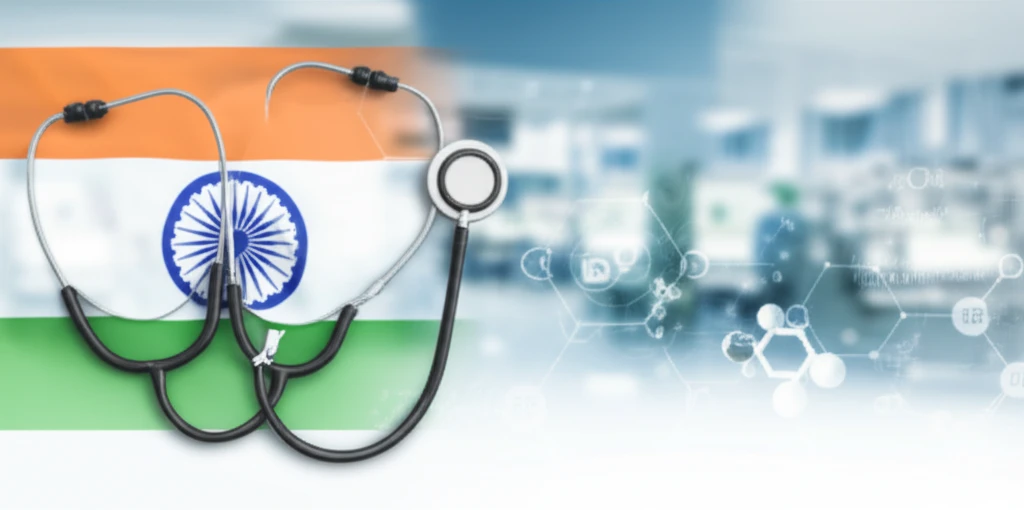
Unveiling the Invisible: Why Drug Safety in India Needs Your Attention
"A Deep Dive into Pharmacovigilance: How India is working to protect your health and what you should know."
In a world where medicine is constantly evolving, the safety of drugs is more critical than ever. Pharmacovigilance, the science of detecting and preventing adverse effects of medications, plays a pivotal role in protecting public health. In India, a country with a vast population and a complex healthcare system, the need for robust pharmacovigilance is paramount. This article delves into the current scenario of pharmacovigilance in India, exploring its importance, the challenges it faces, and the steps being taken to ensure the safety of medicines.
Pharmacovigilance is not just a scientific discipline; it's a public health imperative. It involves the ongoing monitoring of drugs to identify any unexpected or harmful effects. This includes collecting and analyzing data on adverse drug reactions (ADRs), which are unintended and harmful effects caused by a medication. By understanding these reactions, healthcare professionals can make informed decisions about prescribing and patient care, and regulatory bodies can take action to protect the public.
This article aims to shed light on the current state of pharmacovigilance in India, focusing on the initiatives undertaken by the government, the challenges faced by healthcare professionals, and the importance of public awareness. We'll examine the critical role of ADR reporting, the efforts to improve it, and how these efforts contribute to the overall health and well-being of the Indian population. The goal is to empower you with knowledge about drug safety and encourage active participation in promoting a healthier India.
The Current Landscape of Pharmacovigilance in India: Challenges and Progress

India has made significant strides in establishing a national pharmacovigilance program. The Ministry of Health and Family Welfare launched the National Pharmacovigilance Programme (NPP) in 2004, with the primary goal of ensuring that the benefits of medicines outweigh the risks. This program is overseen by the Central Drugs Standard Control Organization (CDSCO), which coordinates the collection, analysis, and dissemination of information on ADRs. The establishment of a national coordinating center at AIIMS, along with regional and local ADR monitoring centers, is a testament to India's commitment to drug safety.
- Lack of Awareness: Insufficient knowledge about ADRs and the importance of reporting among healthcare professionals.
- Time Constraints: Overburdened healthcare professionals may not have time to report ADRs.
- Fear of Litigation: Concerns about legal implications may discourage reporting.
- Complex Reporting Procedures: Difficult or cumbersome reporting processes can deter healthcare professionals.
- Underestimation of ADRs: Some healthcare professionals may not recognize or consider certain reactions as drug-related.
Empowering a Safer Future: The Path Forward for Pharmacovigilance in India
Pharmacovigilance is a continuous journey that demands the collective effort of healthcare professionals, regulatory bodies, and the public. By increasing awareness, improving reporting mechanisms, and fostering a culture of vigilance, India can ensure that medicines are used safely and effectively. As the healthcare landscape continues to evolve, a strong pharmacovigilance system will be critical in protecting the health and well-being of the Indian population. The future of drug safety in India depends on the active participation and collaboration of all stakeholders, creating a safer and healthier future for everyone. The journey towards better healthcare is ongoing, and with a focus on pharmacovigilance, India is taking significant steps towards that goal.
